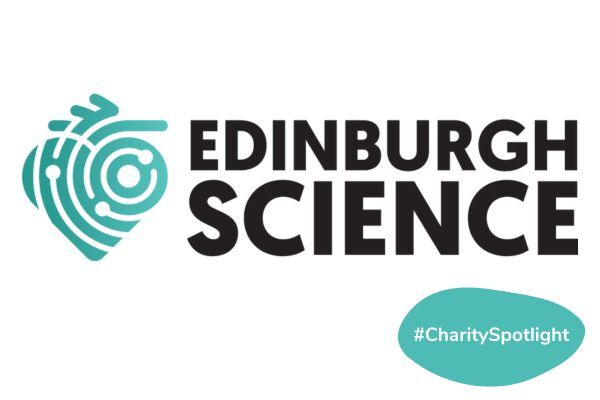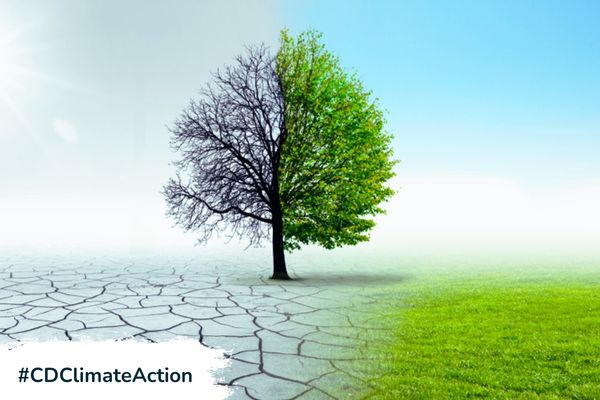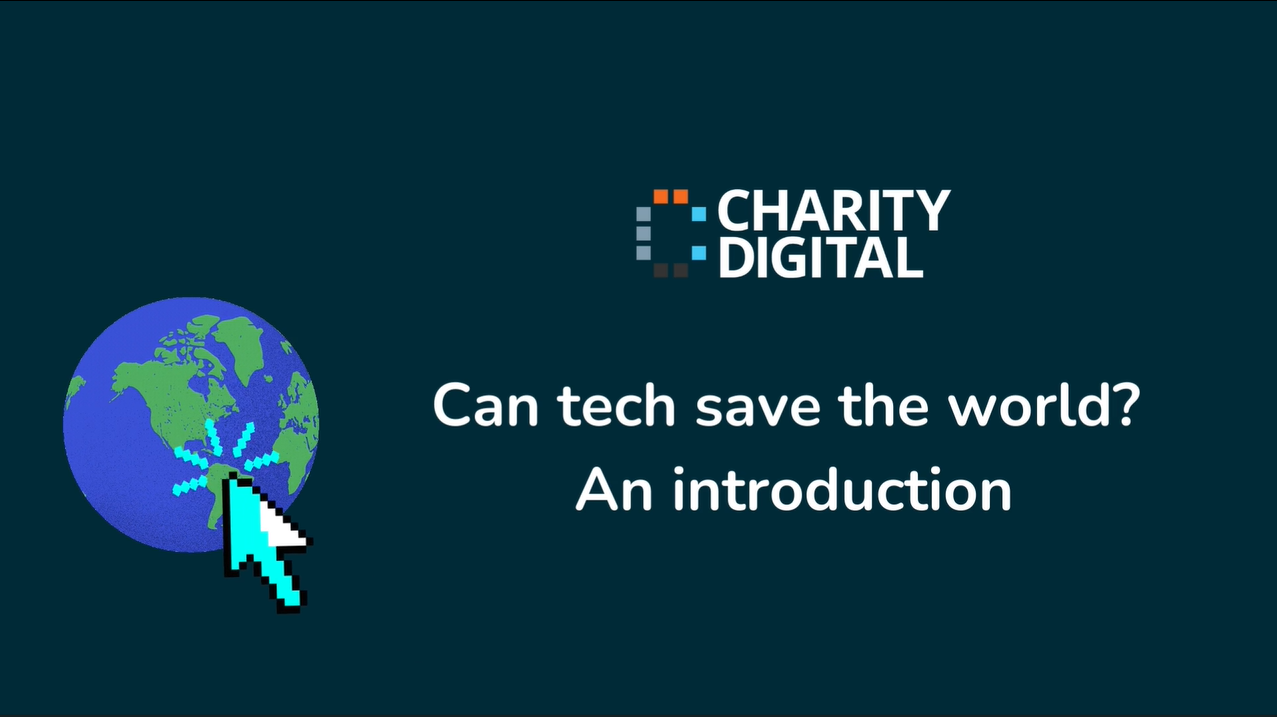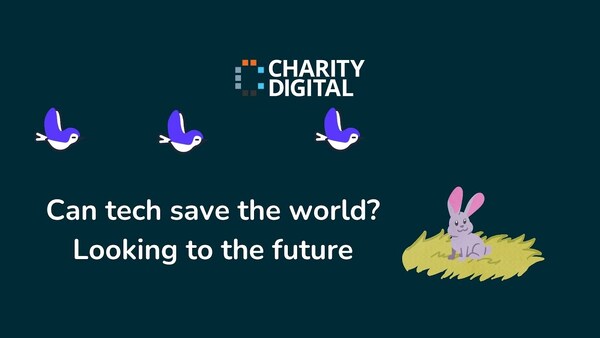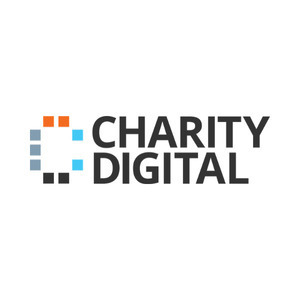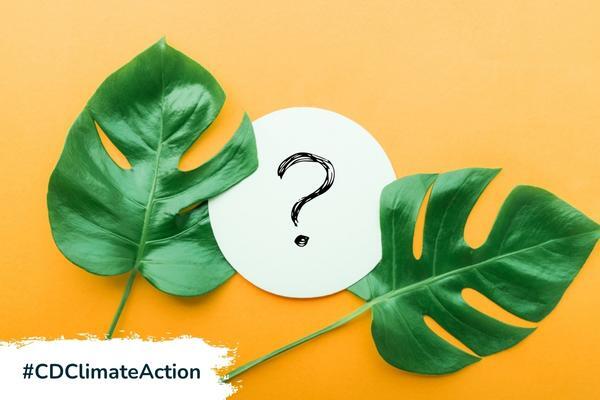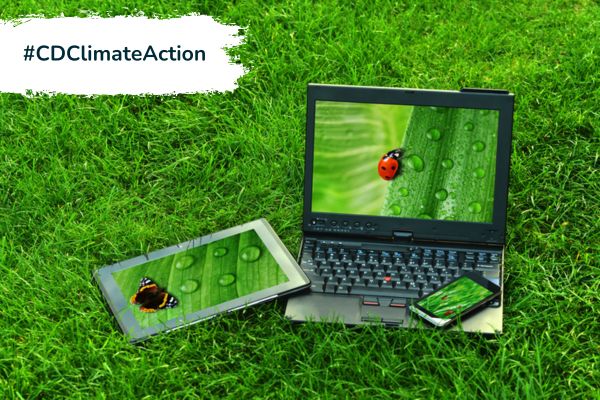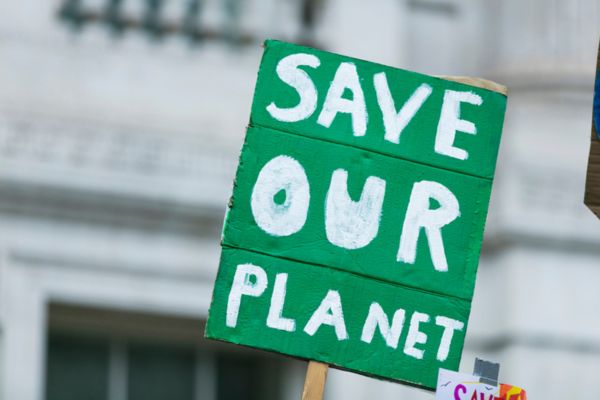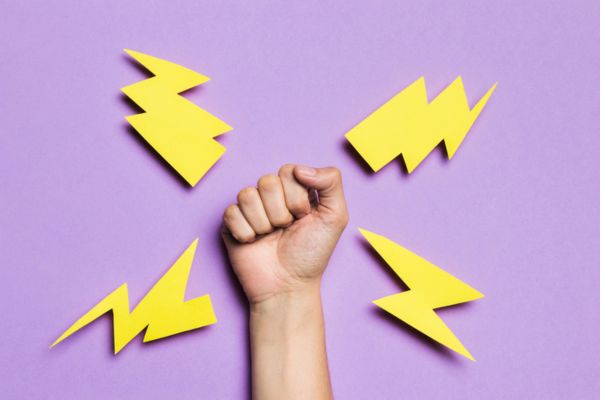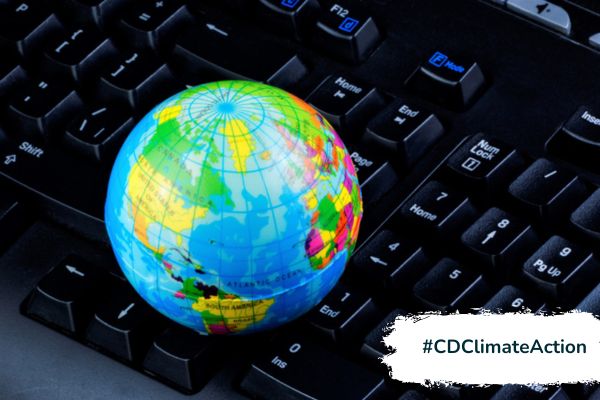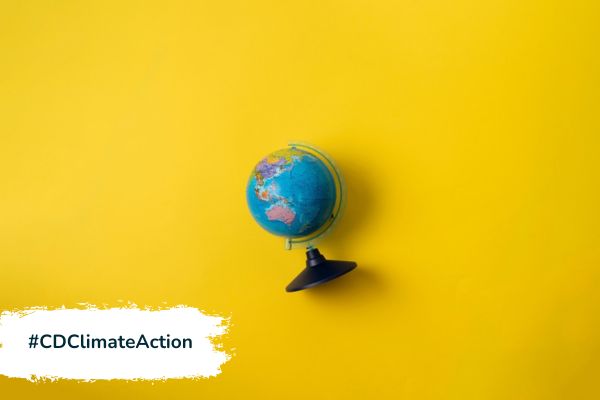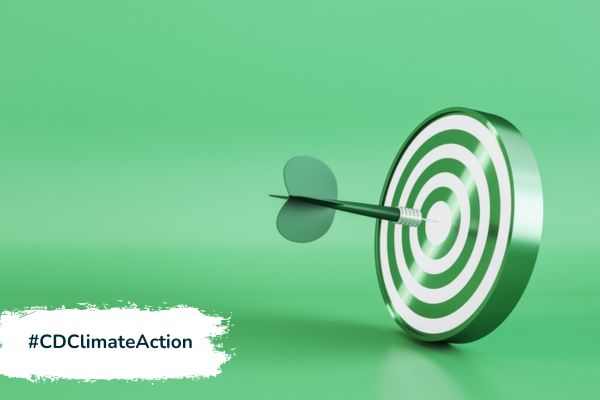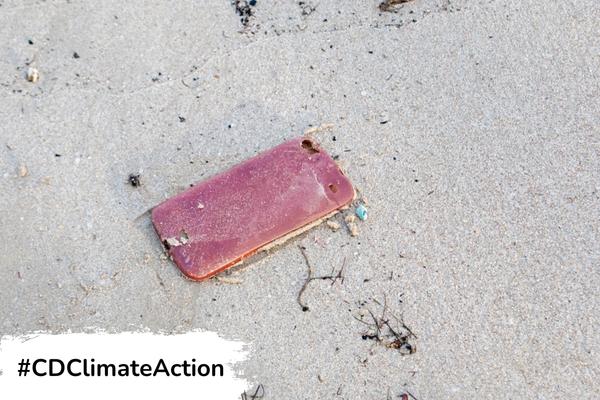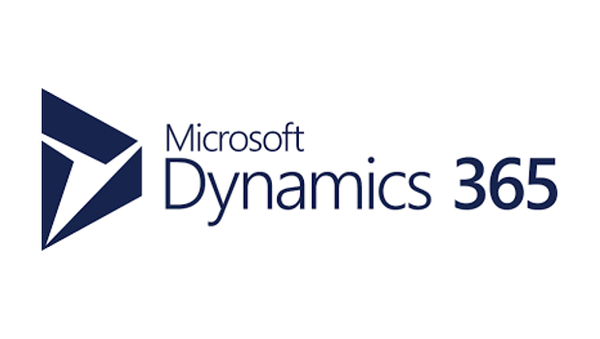Insights
INSIGHTS
All Topics
Climate change: How to use tech for empowerment
We explore how Digital Democracy has partnered with local communities to help defend their rights and fight climate change
CHECK OUT THE ’CLIMATE ACTION’ HUB!
Around the world, indigenous communities face discriminatory policies and practices that uproot them from their land, which is in violation of international human rights law.
In resistance, many have developed strong land rights movements and some have successfully reclaimed legal access or ownership to their land.
In 2019, indigenous land rights were highlighted by the Intergovernmental Panel on Climate Change (IPCC), supported by a growing body of literature and data about the importance of indigenous land rights in mitigating climate change.
In response to the IPCC report, a group of indigenous and community networks and organisations from 42 countries stated: “Fully respecting our rights and in particular the rights of indigenous and community women represents the world’s single greatest opportunity – in terms of land area and number of people affected – to advance global climate and development goals.”
This is an ongoing process globally. For example, attending the COP15 Biodiversity Conference in December 2022, Milka Chepkorir from the Sengwer Indigenous community of Cherang’any Hills, Kenya, notes that governments are often reluctant to give up the financial incentives provided by state-led conservation initiatives: “We fear that it is a strategy to make sure Indigenous Peoples will be pushed off their lands.”
Digital Democracy
Digital Democracy is a non-profit that partners with marginalised communities, training them to use basic tools to gather, share, and manage information about human rights infractions.
The organisation partners with “communities working to defend their human and environmental rights, but who lack the tools to do so”. This includes both Indigenous Peoples and ethnic minorities, “whose human rights are most severely impacted by environmental abuse”.
The organisation is not bound to one particular platform or cause: although their partners’ issues are diverse, many of the challenges they face are shared. Listening closely to the differing perspectives and needs of different partners informs their work.
They are then able to “co-develop” the most accessible technology available to meet those ends.
Mapeo
Mapeo is a set of tools for collecting and mapping information. Designed to work in entirely offline environments, it is also highly customisable and built on a decentralised peer-to-peer database that allows communities to own their data. The set of tools are free, easy to use, and open source.
Digital Democracy’s technical director Gregor MacLennan explains that the technology can help indigenous communities enter conversations about land rights with governments and oil companies on more equal grounds.
The technology creates a “common language” of maps, meaning that communities can add weight to the defence of their land and human rights.
In 2019, the indigenous Waorani won a landmark court case against the Ecuadorian government, protecting the land of seven different indigenous peoples in the Southern Ecuadorian Amazon from being sold for new oil concessions.
The maps used in this case were developed by Digital Democracy in partnership with Alianza Ceibo, Amazon Frontlines, and “played a critical role” in the legal case.
Oswando Nenquimo, Director of the Waorani Mapping Project, says: “We included our printed territory map as part of the documentation for our legal case, because it shows how important, biodiverse and fragile our land is and that it isn’t an empty space, but known, loved and cared for by the Waorani people over many generations.”
This is one case study of many where the map technology has been adapted in collaboration with communities to suit their unique perspectives and needs.
MacLennan explains that while Mapeo is a great tool for policy discussions, it is also used within communities to build consensus about how land should be used.
In the case of the Kofan community of Singangoe, the app has also been used to combat both illegal mining and mining concessions created by the Ecuadorian State in their territory, collecting evidence using GPS, drones, and camera traps. They were able to confront and convict the illegal miners and then partner with the State Ombudsman to take the Ecuadorian Government to court.
They won this appeal and are now continuing to use Mapeo to “monitor mining and other territorial invasions and to map the important resources and historical sites on their land”.
Using technology to achieve transformative change
“Over the past 14 years, we’ve seen first-hand that change does not come from technology, but from how people use it.”
With this ethos, the organisation developed Mapeo with transformative change in mind: they realised it was not enough to provide access to technologies, but to make those technologies easy to use and properly suited for purpose.
For example, MacLennan explains that previous technologies required users to undergo a lengthy learning process to enable them to use it, something that only one or two people might then be able to complete on behalf of their whole village. Previous technology also provided connectivity issues, as many local and indigenous communities have little to no internet access.
In addition, people logging information in the database couldn’t control who viewed that information, opening up the potential for the local land to be further exploited if knowledge fell into the wrong hands.
Recognising these limits to the existing technology, Digital Democracy developed a new system. This new method of mapping involves decentralised peer-to-peer databases synchronised between different devices. Data is shared by connecting to a shared Wi-Fi network without internet access – an inexpensive alternative.
This meant that more people within communities could engage with mapping their territories and that they were able to safeguard their knowledge.
When working with communities, the organisation also tries to incorporate local perceptions and understandings about spaces within the mapping tool. For example, MacLennan explains that their maps try to use the symbols and categorisations that the community itself has created and uses the drawings made by local people to represent what they see in that area.
This can prevent misrepresentation or misreading and mean that the true meaning intended by the mapmakers is more accurately conveyed. It can also help demonstrate the diverse value of different areas of land in a policy context.
Most importantly, the non-profit operates using the principles of Free Prior and Informed Consent, and recognises their partners’ intellectual property rights.
Their work prioritises solutions that increase partners’ self-sufficiency and reduces dependency on either Digital Democracy itself or other outside organisations. The non-profit “opposes legacies of colonisation, neo-colonisation, and the superiority of Western world views”.
Digital Democracy’s other tools: top picks for charities
Interactive Storytelling with MapLibre is a template designed to help build a “scrollytelling” map story. Anyone wanting to tell a story that involves a geographical component can use this tool, “no coding experience required”. Here is a demo of the tool.
Terrastories is an application “for communities to map, protect, and share stories about their land. It can also be used by individuals or communities who want to connect audio or video content to places on a map”. As with Mapeo, the application can give users control over who sees their content, works both online and offline, is free, and is open source.
These resources could be used for a range of different causes involving communities and their relationship to location, land, and space, particularly in the context of climate change.
This article primarily covers Mapeo, but Digital Democracy have also used technologies such as Google Earth Engine; databases, emergency hotlines, and media; and GPS mapping and satellite phones. They have also advised upon tech convenings “uniting technologists, entrepreneurs and activists to brainstorm how technology and media can influence the struggle for democracy”.
Sign up for our newsletter
Click above to receive the latest sustainability content straight to your inbox
Josie Sparling
More on this topic
Related Content
Recommended Products
Our Events
Charity Digital Academy
Our courses aim, in just three hours, to enhance soft skills and hard skills, boost your knowledge of finance and artificial intelligence, and supercharge your digital capabilities. Check out some of the incredible options by clicking here.





